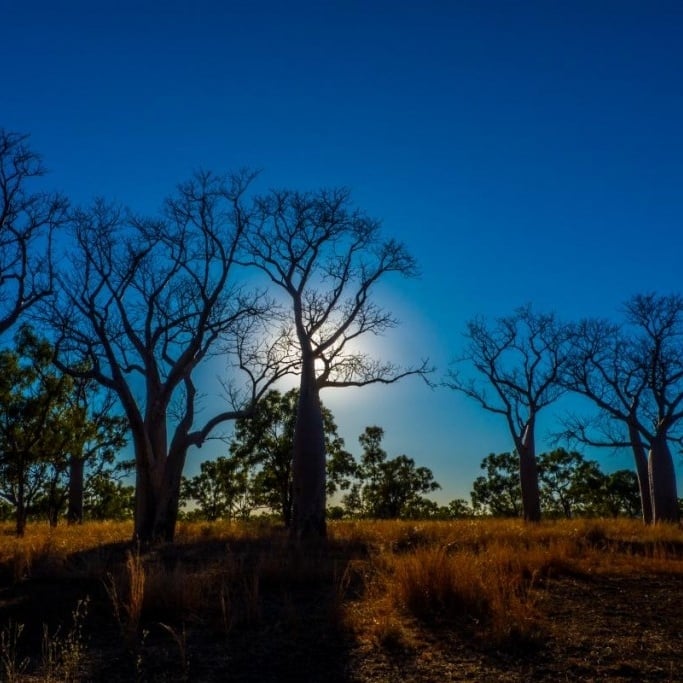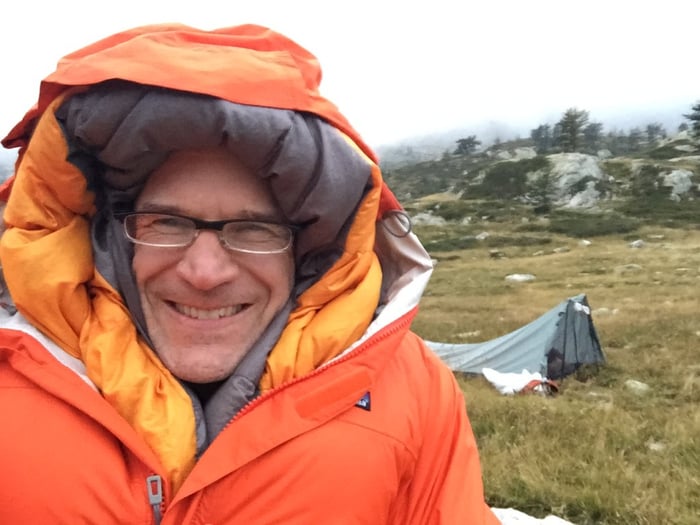In our last post, we talked with Curtis Bartosik, an American entrepreneur living in Paris, about how he balances his passion for the outdoors and day-to-day life in some of the most urban environments in the world. We were curious how Bartosik views the famed Alps, where he now spends as much of his free time as possible, in comparison to the American wilderness, where he first developed his outdoor skills on a NOLS semester. So we went back for more. Enjoy hearing Bartosik’s perspective on what has shaped the Alps both culturally and geographically, as well as their similarities to the American west.
NOLS: What are the biggest differences between the Alps and the American wilderness?
Curtis: The Alps are inhabited by people, and they have been since before the last ice age. There is human culture in the mountains. That is really incredible. In concrete terms, it means you can be walking on trails that have been used for a dozen millennia. While this could be the case in the United States as well, the difference is that Native Americans didn’t practice pastoralism, never domesticating grazing animals like sheep, goats and cows like they did in Europe. In the Alps, trails have been improved upon and used for animals to access high elevations in summer for grazing. The mountain landscape has been shaped by the presence of humans and animals.
If you look closely, you realize that the landscape in some places in the Alps is similar to Machu Picchu, except that the terraces and irrigation systems, which were for farming and grazing, now abandoned, are hidden at first glance. You also see the human impact in the diversity of flora and fauna. On the same walk, you can cross through terraces of olive trees, orange trees and lavender, planted and maintained by humans, and then hike 900 meters above and be in an Arctic-esque Alpine zone.
NOLS: That is very true. You mentioned how history has affected the landscape. I am curious how else you view human interaction as part of the experience in the Alps.
Curtis: What you discover when you are in the Alps, is that your time in the mountains is also a very cultural experience. Why? You can be in an Italian valley, then cross over the ridge into a French one. In the Pyrenees, you can pass from Basque country to Spain to France in a day. Suddenly the language, the people, the cheese, even the cows are different. Each valley has its own culture. In addition to the infrastructure from farming, there is also the military presence from the past. When I walked in the Maritime Alps this summer along the French and Italian border, the trails were in fact old military roads and the trail itself marked the frontier between the countries. It is terrifying to think that not that long ago, if you were hiking in that area, you would be arrested as a spy. Wars, very serious wars, going back to Roman times happened here.
NOLS: What are your thoughts on the European refuge, or hut, systems?
Being a Leave No Trace camper, my first thought is: Refuges are a Big Trace. Personally, I have a love-hate relationship with the huts. I see them as high impact and kind of cheating, but there are times, for example after two days of being in the mud and rain, when I’m happy with the idea of drying out, getting a warm cup of coffee and having a bed. Additionally, if you took all those people who stay in the huts and put them out into the wilderness, the impact would be enormous, so better to concentrate the impact.
Plus, if it weren’t for the refuges, most of those people wouldn’t come to the mountains. When I am hiking, and tempted by, for example, a beer and apple pie, I say to my wife, “You know, my dear, these aren’t the Sierras,” and we stop and get something. I do have a certain sense of guilt though, because I am there to escape the dense urban environment, and to enjoy solitude. I definitely don’t want to sleep in a refuge with 60 snoring people. I much prefer sleeping under the stars in the fresh air.
 Marker on the Italian-French border, represented by the "I" and the "F." Photo by Curtis Bartosik.
Marker on the Italian-French border, represented by the "I" and the "F." Photo by Curtis Bartosik.NOLS: With the hut system, do people camp in the way we do at NOLS?
Curtis: There is a different attitude about camping here. In fact, we have two words in the French language, camping and bivouaquer, as well as different regulations for the two. Camping is more permanent, bring a grill and such, and bivouacking more of what we know from LNT practice. With that said, people camp right on the trail or lakes, there is no etiquette against it. Lightweight hiking came just in time for me. When I talk to other people on the trail and they discover that my small and lightweight pack contains my shelter, sleeping bag and food, they don’t believe me. I actually had some Germans ask me to take everything out to show them because they thought I was pulling their leg. Additionally, my habits have changed because of the number of people in the Alps. I like to hike in the evening so I have the mountains to myself.
NOLS: What do you think are the biggest differences in American and European perceptions of space?
Curtis: An Irish man recently told me a joke that I think is quite fitting. It goes, “the difference between America and Ireland is this: in America 100 miles is not far and 100 years is a very long time. In Ireland, 100 years is not long ago, and 100 miles is very far.” I think that is true for all of Europe, and many Europeans are disoriented by American distances.
NOLS: I completely agree. I wrote a post on tips for Europeans when visiting U.S. national parks earlier this year for that very reason. It isn’t always as self-explanatory as one may think.
Curtis: Yes, I have experienced it firsthand, not just with Europeans, but with people from other countries as well. My friend and I met a Japanese cyclist near the Nevada - California border who was riding the opposite direction on a remote route we’d just finished and for which we had to carry three days' worth of water. He asked us where the next stop for water was. I told him it would take three days, as there were no amenities along that route. “Three hours?” he asked. “No, three DAYS,” I repeated. He was completely shocked. It could have been a very different ending had he not come across us. He turned around and changed his route.
NOLS: Given that the Alps aren’t as empty as say, the Rockies, how does this affect the overall attitude towards conservation? Do you see it as different in Europe compared to the United States?
 A friendly Italian cow. Photo by Curtis Bartosik.
A friendly Italian cow. Photo by Curtis Bartosik.Curtis: There are very few places in the Alps that are truly untouched, but that isn’t to say that is the case for all of Europe. In the Pyrenees, for example, there are places that are much less accessible and that I would definitely consider wild. Regardless of how inhabited they are or not, similar to the United States, Europe has majestic landscapes that need to be preserved and protected. Cultural norms, history and ways of interacting may be different, but you are still able to enjoy the benefits of the natural world.
Written By
Alex Phillips
Alex Phillips worked as the NOLS European recruitment coordinator. Alex has been on multiple NOLS courses, including an Outdoor Educator course in the Rockies, which she took for professional development while working at an international school in Switzerland. In addition to working for NOLS, she is currently completing her master’s in experiential education at the University of Cumbria.





